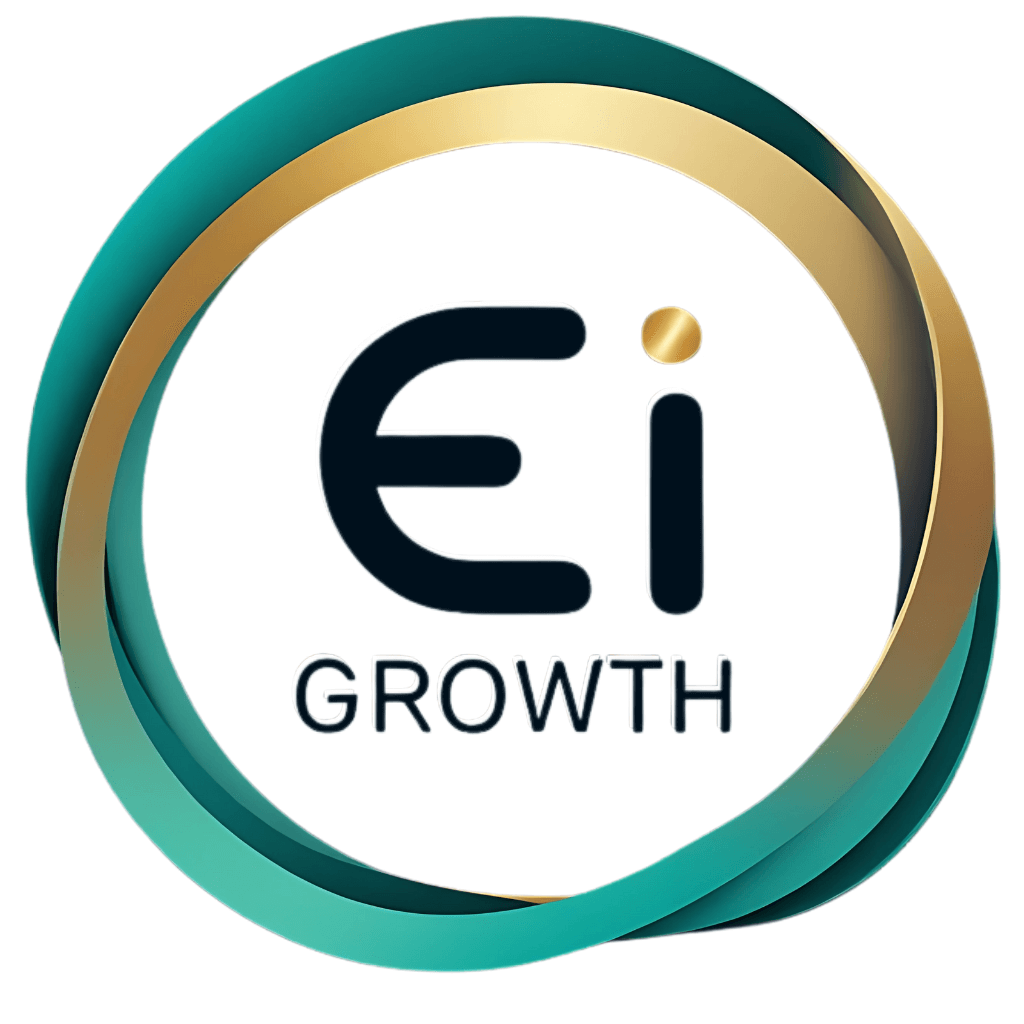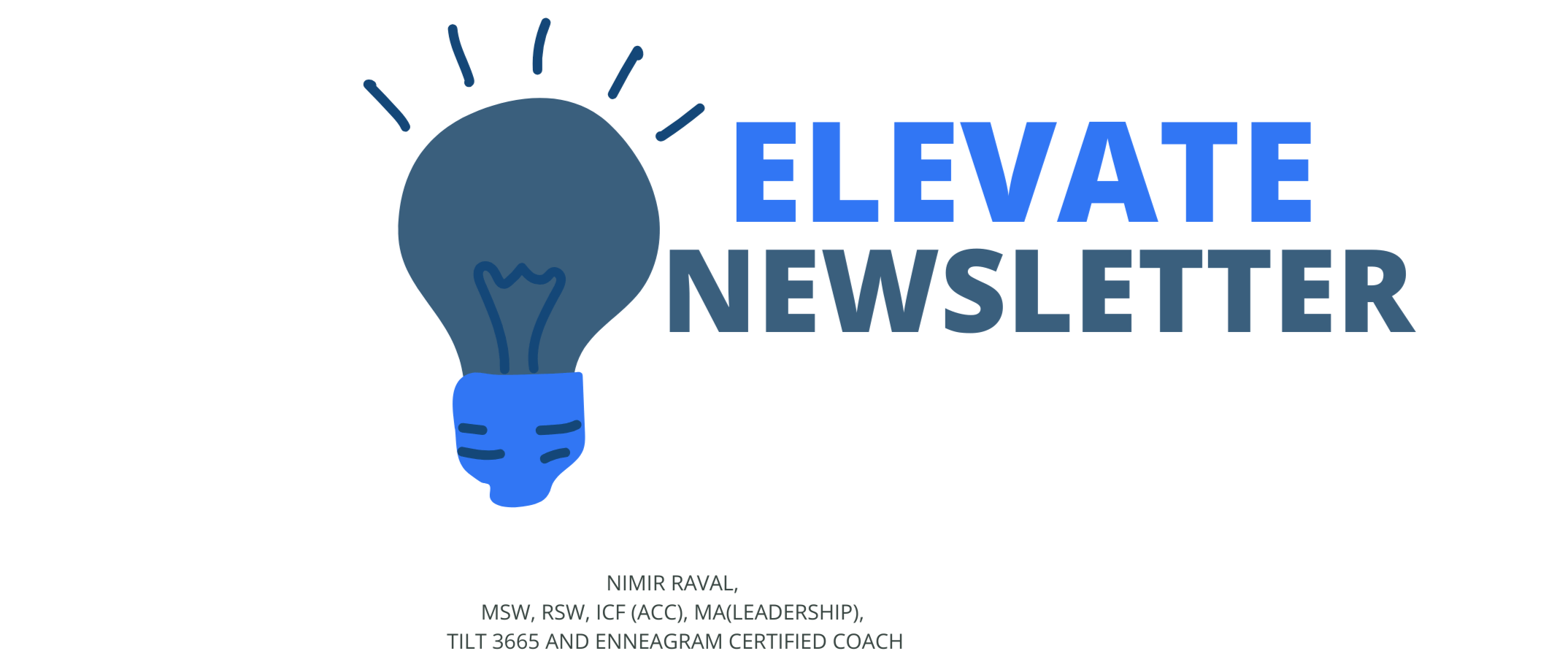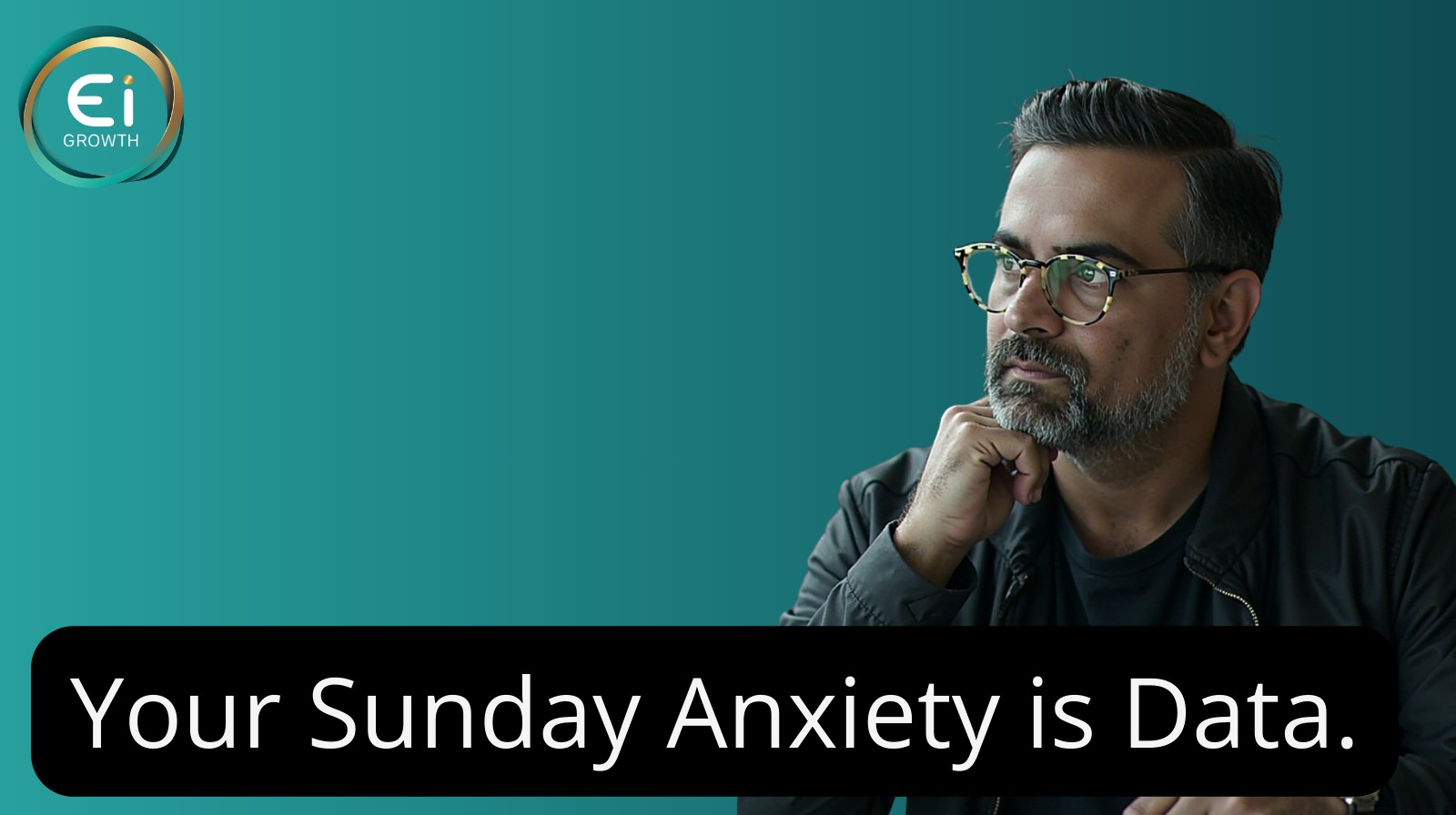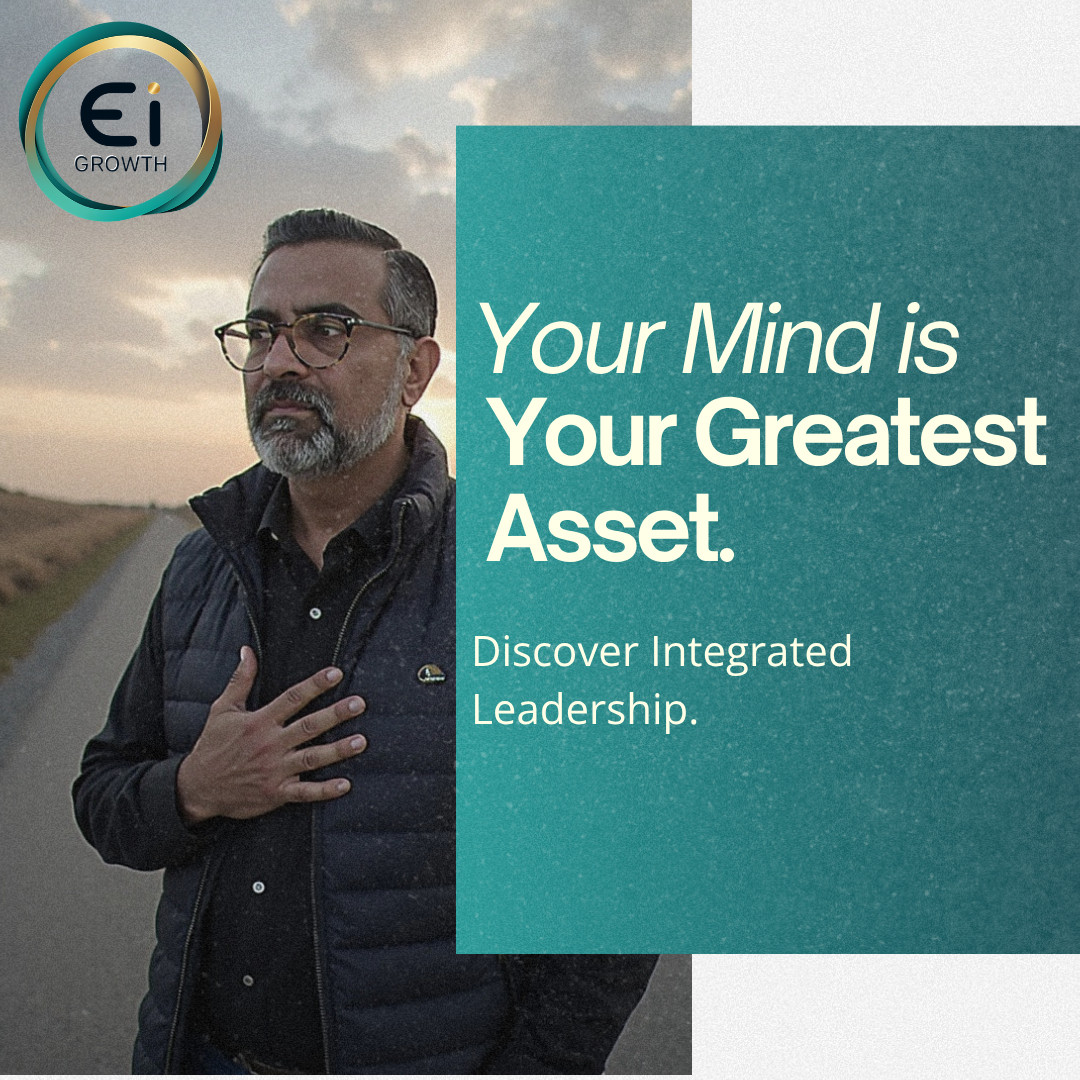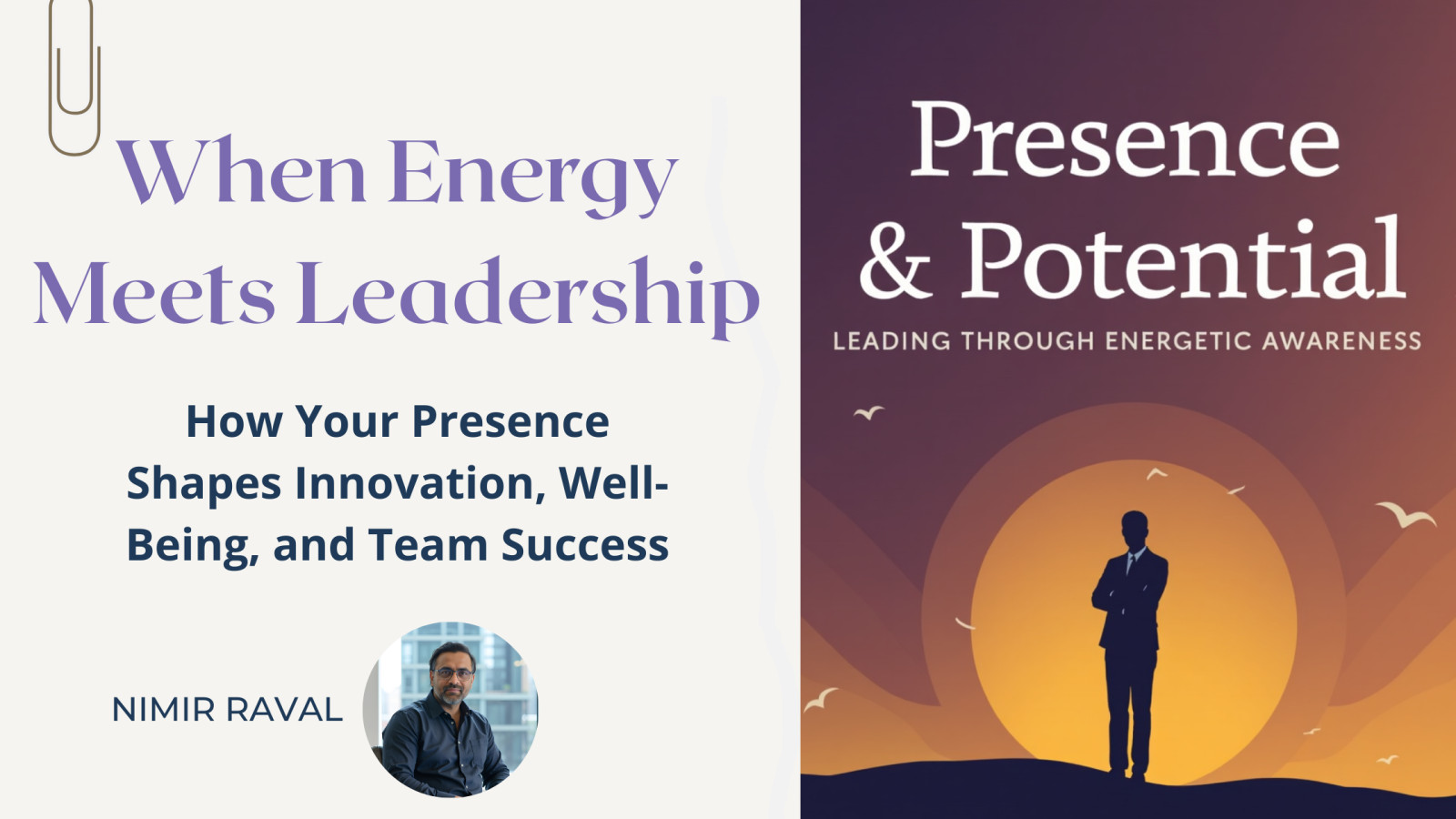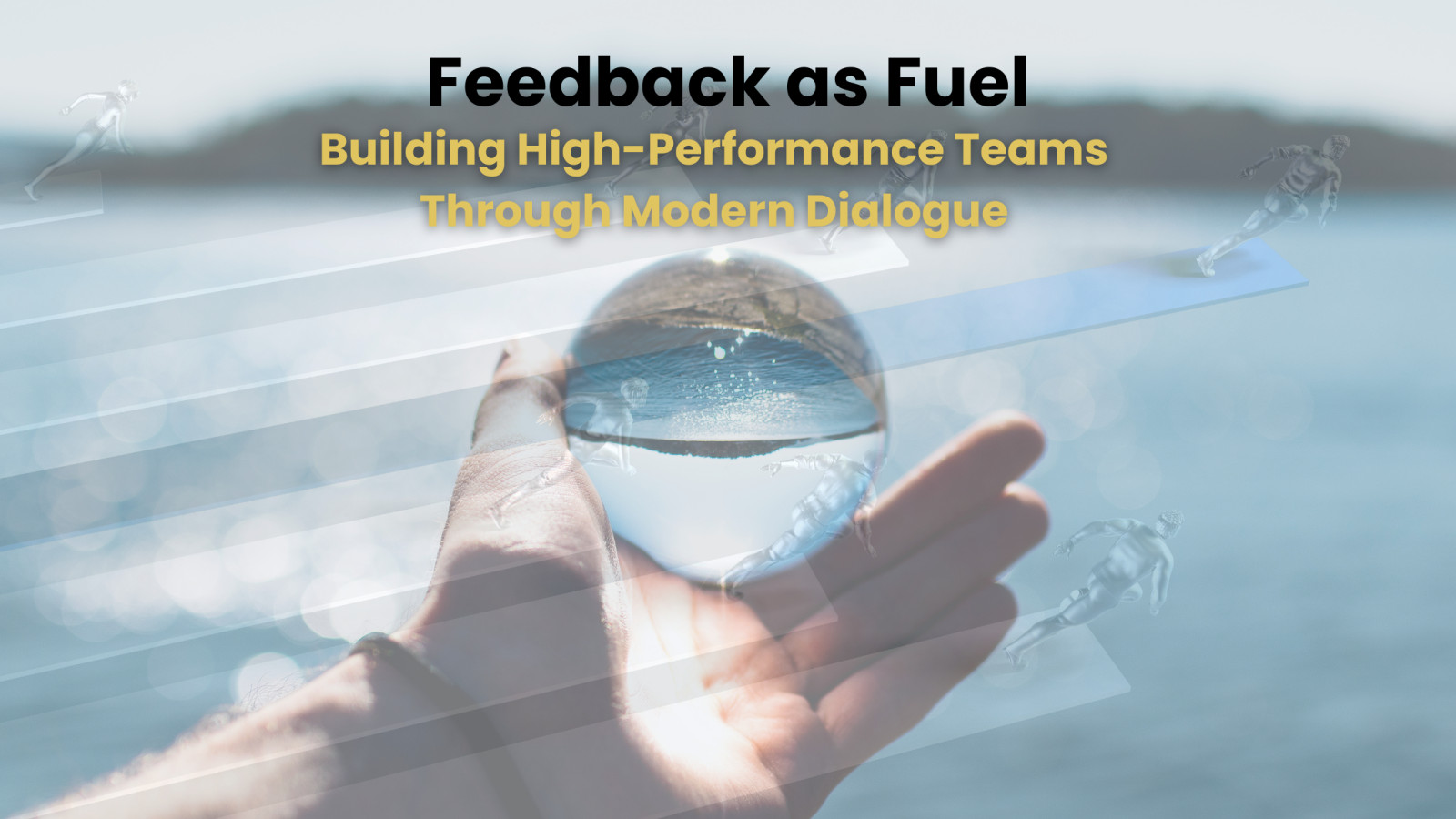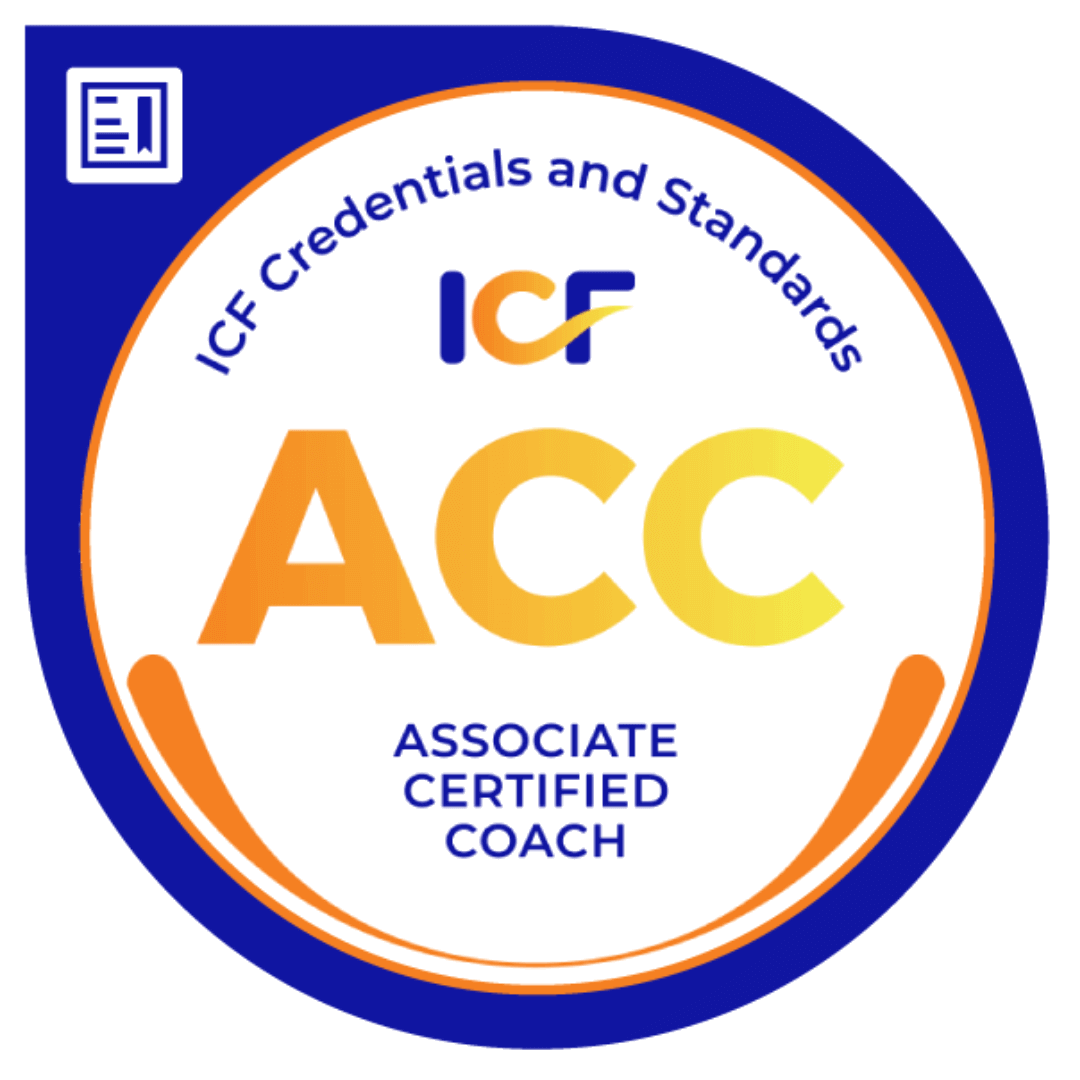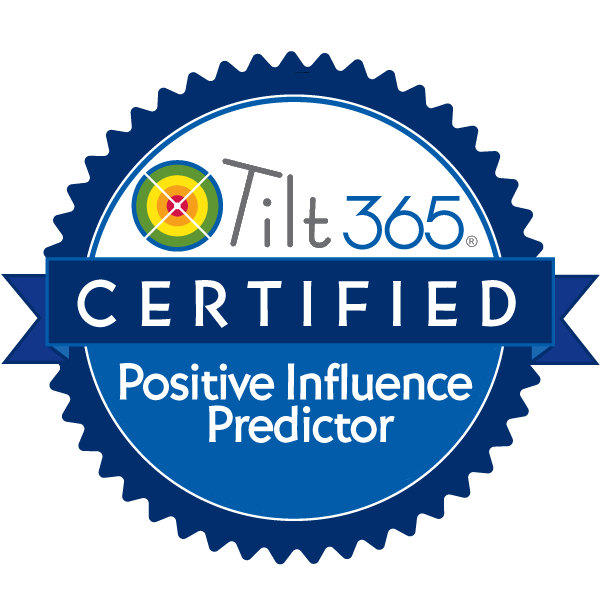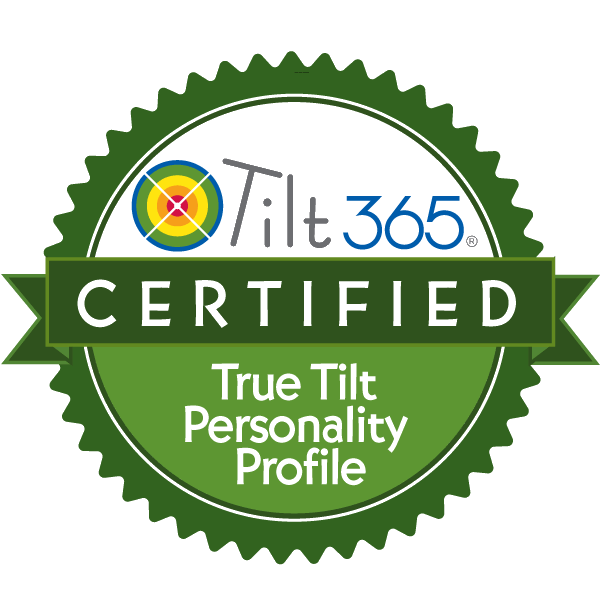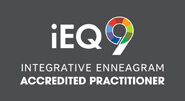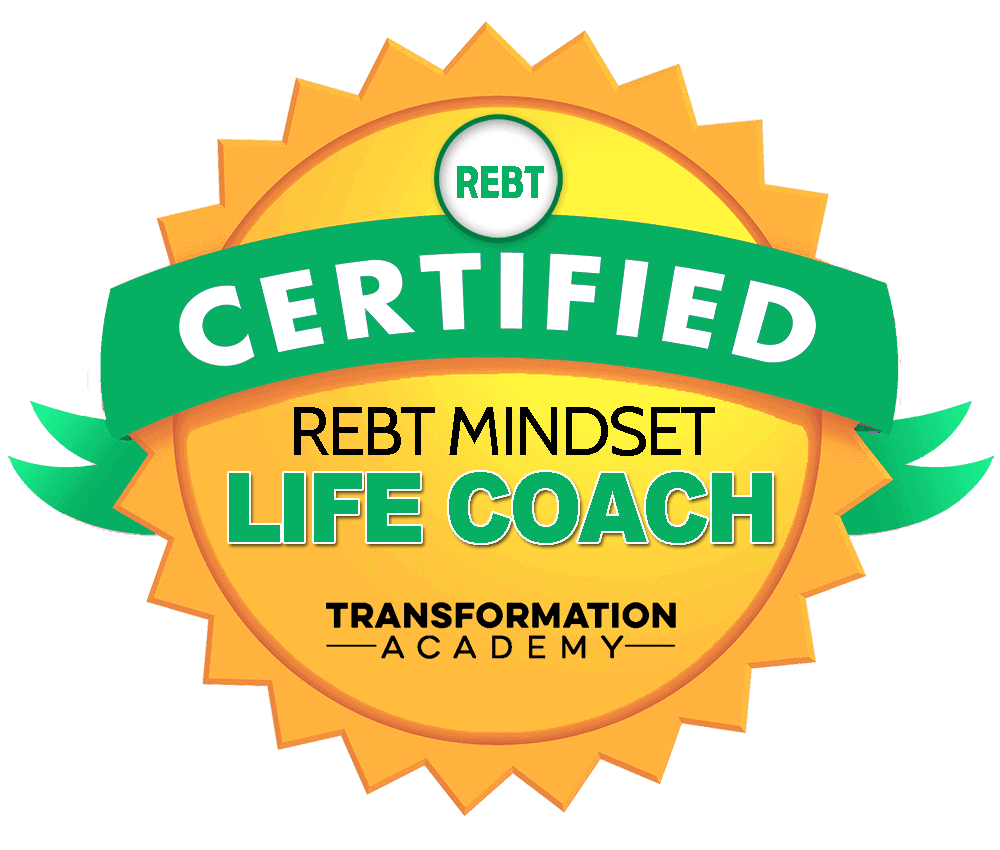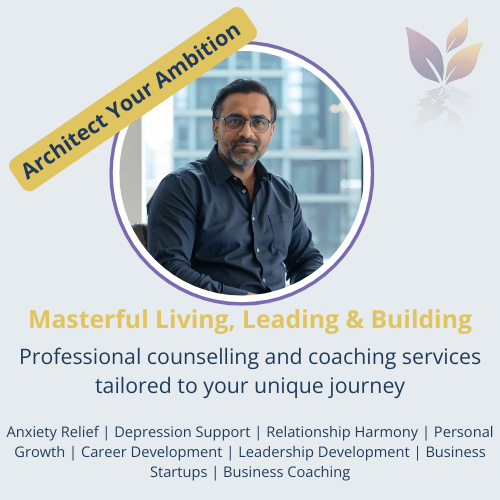
Understanding work-life balance is crucial for maintaining mental and physical well-being. Achieving balance between work and personal life allows for improved performance at work and quality time spent with family and pursuing hobbies. Wellness programs in the workplace positively impact work-life balance by helping employees manage stress, improve physical health, and enhance overall well-being. Incorporating wellness into daily routines brings several benefits such as improved mental and physical health, increased productivity, better stress management, and enhanced work-life balance. Participating in wellness activities like yoga, meditation, and regular exercise promotes relaxation, boosts energy levels, and enhances mental clarity. Creating a work environment that promotes employee wellness and setting wellness goals are crucial aspects of achieving work-life balance. Mental and emotional wellness, as well as physical wellness, play significant roles in maintaining work-life balance. Financial wellness strategies, such as creating a budget and investing in retirement plans, are also essential for a balanced work-life routine. Prioritizing wellness is the key to achieving a healthy work-life balance and creating a more fulfilling life.
Read more...
Understanding Anxiety and Depression - Anxiety and depression are common mental health conditions that can affect anyone, and it's important to recognize that they are serious medical conditions, not signs of weakness. These conditions can be caused by a combination of factors and seeking professional help is crucial. Treatment options may include therapy, medication, lifestyle changes, and support from loved ones.
The Connection Between Life Balance and Mental Health - Maintaining a balanced lifestyle can significantly impact your mental well-being. Studies have shown that finding the right mix between work, social life, and personal time can reduce the symptoms of anxiety and depression. Taking care of your physical and emotional health is also crucial. Regular physical activity, a balanced diet, and practicing mindfulness and relaxation techniques can help manage stress and improve overall mental health.
Strategies for Achieving Life Balance - To achieve life balance, prioritize self-care, set boundaries, establish routines, seek support, and practice mindfulness. These strategies can help you establish a sense of balance and reduce the impact of anxiety and depression in daily life. Engaging in regular self-care activities, such as physical activity, healthy eating, and mindfulness, can significantly help manage stress and reduce symptoms. Seeking professional help is also important, as finding the right therapist can make a significant difference in managing anxiety and depression. Prioritizing life balance can positively impact mental well-being by reducing stress, improving coping skills, and enhancing overall mental health.
Read more...
Leadership development is crucial for success and growth in organizations. As we enter the new year, businesses are recognizing the importance of cultivating leadership skills through organic leadership. This approach empowers individuals at all levels to develop their leadership abilities, resulting in a more engaged and motivated workforce.
There are different types of leadership development, including formal programs, experiential learning, and coaching and mentoring. Each approach focuses on providing individuals with the necessary knowledge and tools to become effective leaders.
Organizations should prioritize organic leadership as it encourages adaptability, resilience, and visionary thinking. By investing in organic leadership development, businesses equip their leaders with the skills needed to navigate uncertainty and drive innovation. Additionally, businesses can benefit from a robust talent pipeline and succession planning by identifying and nurturing high-potential individuals within the organization.
To effectively implement leadership development initiatives, businesses should plan fiscally. This involves allocating a dedicated budget, assessing the return on investment, and viewing leadership development as a long-term investment. By strategically planning fiscally, organizations can ensure ongoing support and growth opportunities for future leaders. Let us prioritize the investment in leadership development in the coming year to shape a brighter future for businesses and their leaders.
Read more...
Hello Leaders,
As we enter a new year, business leaders are faced with numerous challenges and opportunities. To navigate the ever-changing landscape and drive success in the coming year, it is crucial for leaders to develop and hone their leadership skills. In this article, we will explore 10 essential leadership skills that can help business leaders thrive in the new year.
- Effective Communication: Strong communication skills are fundamental for any leader. Being able to articulate ideas, listen actively, and provide clear direction is essential for fostering collaboration and building strong relationships with team members.
- Adaptability: In today's fast-paced business environment, leaders need to be adaptable and embrace change. Being open to new ideas, flexible in approach, and willing to learn from failures can help leaders navigate uncertain situations and drive innovation.
- Emotional Intelligence: Emotional intelligence is the ability to understand and manage one's own emotions and effectively navigate the emotions of others. Leaders with high emotional intelligence can build trust, empathize with their team members, and create a positive work environment.
- Strategic Thinking: Strategic thinking involves the ability to analyze complex problems, anticipate future trends, and make informed decisions. Leaders who can think strategically can set clear goals, allocate resources effectively, and drive the organization towards long-term success.
- Resilience: Resilience is the ability to bounce back from setbacks and adapt in the face of adversity. Leaders who demonstrate resilience can inspire their teams, maintain a positive attitude, and find creative solutions to challenges.
- Empowerment: Leaders who empower their team members foster a culture of trust, autonomy, and accountability. By delegating tasks, providing opportunities for growth, and recognizing achievements, leaders can empower their team members to reach their full potential.
- Collaboration: Collaboration is essential for driving innovation and achieving organizational goals. Leaders who foster a collaborative environment encourage teamwork, value diverse perspectives, and promote a culture of inclusivity.
- Decision-Making: Effective decision-making is a critical leadership skill. Leaders who can gather relevant information, weigh different options, and make timely decisions based on sound judgment can drive success and mitigate risks.
- Continuous Learning: In a rapidly evolving business landscape, leaders must be committed to continuous learning. By seeking out new knowledge, staying updated on industry trends, and investing in personal development, leaders can stay ahead of the curve and make informed decisions.
- Inspiration: Inspiring leadership can motivate and energize teams to achieve their best. Leaders who lead by example, communicate a compelling vision, and celebrate the achievements of their team members can inspire others to go above and beyond.
In conclusion, developing these essential leadership skills can empower business leaders to navigate challenges, drive innovation, and create a positive work environment. By investing in personal growth and adopting these skills, leaders can position themselves for success in the new year and beyond.
If you are a business leader seeking to enhance your leadership skills and achieve success in the coming year, consider connecting with a certified coach who adopts the flow model. A certified coach can provide valuable insights, personalized guidance, and support throughout your leadership journey. Reach out to me to learn more about how I can help you unlock your full potential as a leader.
Remember, the journey to becoming an exceptional leader starts with a commitment to continuous growth and development. Embrace these essential skills, invest in your personal development, and seize the opportunities that lie ahead in the new year.
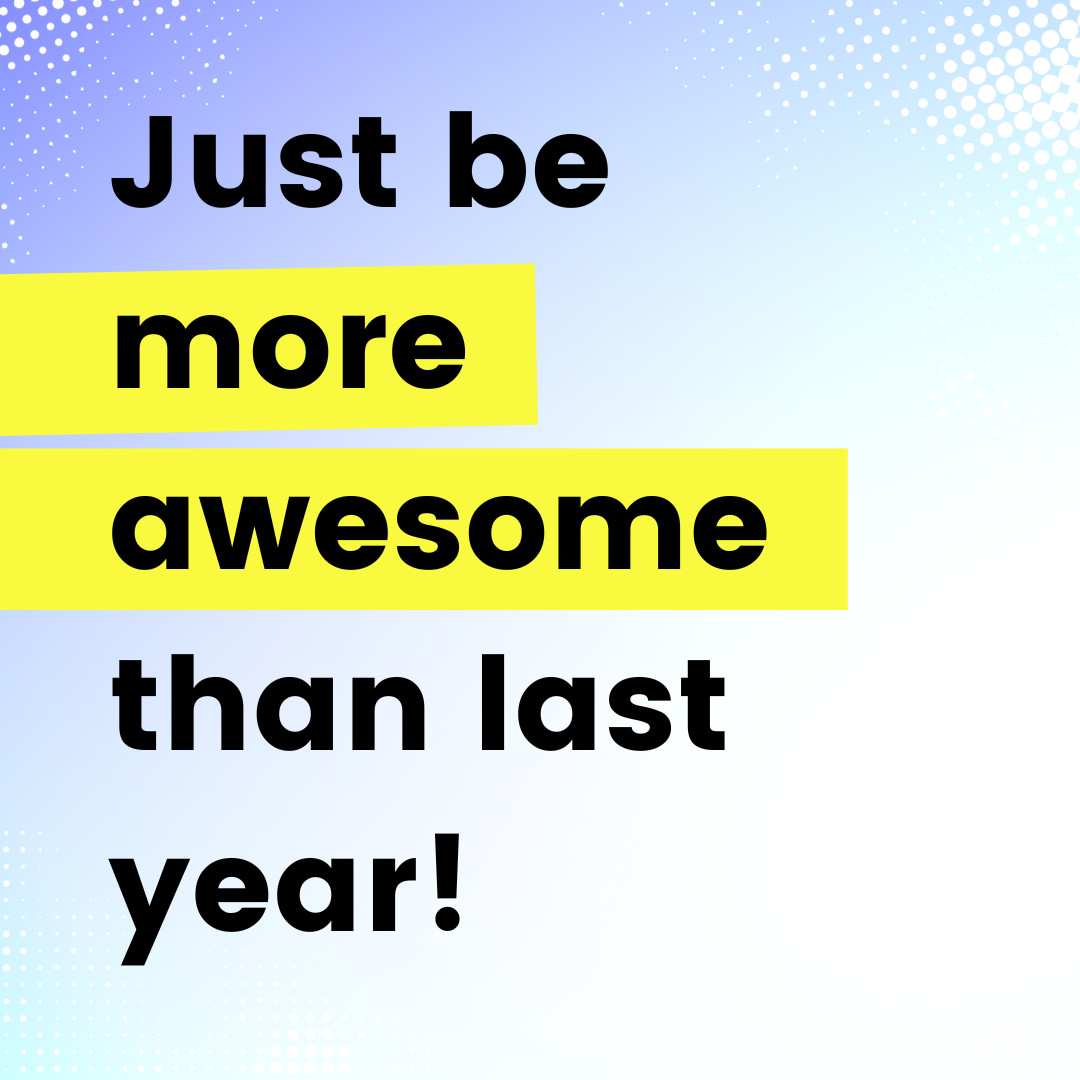
Are you ready to tap into your full potential and lead an extraordinary life? Being awesome isn't about conforming to societal norms or comparing yourself to others. It's about embracing your uniqueness and celebrating what makes you truly special. Cultivating a growth mindset, practicing self-compassion, setting meaningful goals, and spreading kindness are all key ingredients to unleash your awesomeness.
Embracing your individuality is the first step towards unlocking your awesomeness. Instead of trying to fit into society's expectations, learn to celebrate what makes you unique. By embracing your individuality, you open yourself up to new possibilities and discover hidden talents and abilities within. Remember, being awesome is not a fixed state; it's an ongoing journey of personal growth and development.
To truly unleash your awesomeness, it's important to cultivate a growth mindset. Embrace challenges as opportunities for growth, learn from your mistakes, and constantly seek self-improvement. By adopting a growth mindset, you'll discover that there are no limits to what you can achieve. Each challenge becomes a stepping stone towards your awesomeness.
Practicing self-compassion is another crucial aspect of being awesome. Accept your flaws, weaknesses, and limitations, and treat yourself with kindness, understanding, and forgiveness. Embrace your imperfections as part of what makes you unique. Instead of focusing on self-criticism, shift your focus to self-improvement. Remember, being awesome is about embracing your whole self, flaws and all.
Setting meaningful goals is essential to living an awesome life. Identify what truly matters to you and align your goals with your values and passions. Having a clear purpose and direction will keep you motivated and focused on your journey of awesomeness. Break your goals down into actionable steps, celebrate your progress, and adjust your path as needed. With each milestone reached, you'll inch closer to living your most awesome life.
True awesomeness lies not only in personal achievements but also in the impact you have on others. Spread kindness, positivity, and love wherever you go. Small acts of kindness can have a ripple effect, inspiring others to embrace their own awesomeness. Support and uplift those around you, celebrate their successes, and be a source of encouragement. Create a positive and supportive environment where awesomeness thrives.
In conclusion, being awesome is not a destination but a way of life. Embrace your uniqueness, nurture a growth mindset, practice self-compassion, set meaningful goals, and spread kindness. You have the power within you to make a positive impact and lead an extraordinary life. Embrace your awesomeness, shine your light, and inspire others to do the same. Remember, each of us has a unique brand of awesomeness to offer the world.
Read more...
Motivation and leadership go hand in hand when driving teams toward success. Effective leaders understand the importance of motivating their team members to reach their full potential and achieve collective goals. This article will explore the relationship between leadership and motivation, the characteristics of motivating leaders, and strategies for empowering leaders to foster motivation within their teams.
The Significance of Motivating a Team
Motivating a team is crucial because it directly impacts an organization's success. When team members are motivated, they become more engaged, productive, and committed to their work, resulting in improved performance. Motivated employees are driven to excel, take initiative, and go the extra mile to achieve goals. Additionally, a motivated team fosters a positive work environment, encourages collaboration, and enhances overall employee satisfaction and retention.
Characteristics of Motivating and Inspiring Leaders
Motivating and inspiring leaders possess certain defining characteristics that set them apart. These qualities enable them to empower their teams and create a culture of motivation and growth. Let's explore eight key characteristics of motivating leaders:
- Visionary: Motivating leaders have a clear vision and effectively communicate it to their team members. They inspire others by painting a compelling picture of the future and aligning individual goals with the organization's objectives.
- Empathetic: Understanding the needs and aspirations of team members is crucial for motivating leaders. They empathize with their employees, acknowledging their challenges and providing support during difficult times.
- Effective Communication: Motivating leaders excel in communication, ensuring that goals, expectations, and feedback are conveyed clearly. They actively listen to their team members, fostering open and transparent communication channels.
- Trustworthy: Trust is the foundation of any successful team. Motivating leaders build trust by being reliable, honest, and transparent in their actions and decision-making. They create a safe environment where team members feel comfortable taking risks and expressing their ideas.
- Coaching and Development: Motivating leaders invest in the growth and development of their team members. They provide guidance, mentorship, and opportunities for skill-building, allowing individuals to realize their full potential.
- Recognition and Rewards: Motivating leaders to understand the power of appreciation and recognition. They celebrate team achievements, reward exceptional performance, and provide meaningful incentives that align with individual and team goals.
- Collaboration and Teamwork: Motivating leaders foster collaboration and teamwork by encouraging open dialogue, promoting diversity of ideas, and creating a sense of belonging within the team. They value each team member's contribution and create an inclusive environment where everyone feels valued.
- Adaptability and Resilience: Motivating leaders are adaptable and resilient in facing challenges. They lead by example, demonstrating a positive mindset and inspiring their team members to overcome obstacles and embrace change.

Empowering Leaders to Foster Motivation
Here are some strategies to enable leaders:
- Leadership Development Programs: Implement comprehensive programs that provide leaders with the necessary tools, knowledge, and skills to motivate their teams. These programs can include training in communication, emotional intelligence, coaching, and motivation techniques.
- Clear Expectations and Goals: Leaders clearly understand organizational goals and how they align with individual and team objectives. Communicate expectations and give leaders the autonomy to make decisions and drive their teams toward success.
- Feedback and Performance Management: Establish a robust feedback system that enables leaders to provide regular feedback to their team members. This feedback should be constructive, specific, and focused on growth and development. Implement performance management processes that recognize and reward high-performing individuals.
- Mentorship and Coaching: Pair leaders with experienced mentors or coaches who can guide and support them in their leadership journey. Mentorship programs provide leaders with a sounding board, allowing them to seek advice and learn from seasoned professionals.
- Continuous Learning Opportunities: Encourage leaders to learn and improve continuously. Provide access to workshops, seminars, conferences, and online resources focusing on leadership development, motivation techniques, and best practices.
- Promote a Positive Work Environment: Foster a positive work environment that values collaboration, respect, and trust. Encourage leaders to promote a healthy work-life balance, recognize and celebrate achievements, and create an ad by Example: Encourage leaders to lead by example and demonstrate the characteristics of a motivating leader. When leaders embody motivation, enthusiasm, and a positive mindset and Utilize Individual Strengths: They help leaders identify opportunities to utilize these strengths. Leveraging individual strengths enhances motivation and fosters a sense of fulfillment and accomplishment.
- Foster Innovation and Creativity: Encourage leaders to promote innovation and creativity within their teams. Provide resources and support for brainstorming sessions, idea generation, and experimentation. Recognize and reward innovative ideas and initiatives.
- Regular Communication and Feedback: Emphasize the importance of regular communication and feedback within teams. Encourage leaders to conduct one-on-one meetings, team meetings, and performance reviews to address concerns, provide guidance, and celebrate achievements.
By empowering leaders with these strategies, organizations can create a success
Motivating and inspiring leaders are critical in driving the success of teams and organizations. Effective leadership development programs, clear goals, feedback processes, and a positive work environment are key factors in fostering motivation within teams. By investing in leadership development and supporting leaders in their journey, organizations can unlock the full potential of their teams and drive sustainable success. If you're interested in learning more about leadership and how to become a better leader, I highly recommend checking out this article. And if you're looking for personalized coaching to help you reach your leadership goals, feel free to contact me. Let's work together to unlock your full potential as a leader.

Executive mental health is a critical issue in today's high-pressure business world. The constant demands and stressors of the job can take a toll on executives' mental well-being, leading to burnout and exhaustion. Prioritizing mental health is essential for executives to ensure their long-term effectiveness and overall well-being. Seeking support from mentors, supervisors, and coaches can help executives focus on their mental health and achieve greater success in their professional and personal lives. Additionally, organizations need to prioritize mental health initiatives to support executives in coping with the unique challenges they face, such as high levels of stress and pressure, work-life balance, and feelings of isolation. By implementing strategies like providing access to mental health resources and promoting a healthy work environment, organizations can improve the well-being and performance of their executives. Executives themselves can adopt essential practices such as prioritizing self-care and work-life balance, seeking support through coaching or therapy, cultivating emotional intelligence, developing stress management techniques, and fostering a healthy work environment and leadership culture. These practices will contribute to their mental well-being and success as leaders.
Read more...
Summary:
In today's fast-paced world, instant gratification has become deeply ingrained in our daily lives, leading to increased multitasking and a culture of seeking instant rewards. This trend has also impacted the workplace, with individuals expecting rapid career advancement and job hopping if their expectations are not met. However, embracing the power of a growth mindset can help individuals overcome the allure of instant results and focus on continuous improvement and perseverance. Carol Dweck's research on the growth mindset shows that those who believe in their ability to develop and improve tend to achieve greater levels of success. By embracing challenges and failures as opportunities for growth, cultivating a love for learning, and creating a growth-focused environment, individuals can unlock their full potential and achieve greater success in their personal and professional lives.
Read more...
Incorporating cognitive-behavioral therapy (CBT) techniques into executive coaching can be a game-changer for professionals looking to enhance their leadership skills and achieve peak performance. CBT focuses on the relationship between thoughts, emotions, and behaviors, aiming to identify and change negative thinking patterns and beliefs that contribute to emotional distress and unhelpful behavior. By challenging cognitive distortions, developing self-awareness, and implementing evidence-based strategies, executives can unlock their full potential, make informed decisions, manage stress effectively, and cultivate positive relationships with their teams. The application of CBT techniques in executive coaching offers practical tools that can be easily implemented in real-world settings, ultimately improving mindset, behavior, and overall success.
The implementation of CBT techniques in executive coaching has yielded remarkable results for professionals across various industries. For instance, one case study showcased how an executive struggling with imposter syndrome was able to overcome self-doubt and embrace her role as a leader through cognitive restructuring. Another case study highlighted how an executive with indecisiveness and fear of making mistakes improved his decision-making skills through the application of CBT techniques. These success stories exemplify the transformative impact of incorporating CBT techniques into executive coaching, enabling individuals to overcome challenges, enhance leadership capabilities, and achieve extraordinary results.
To effectively integrate CBT techniques into executive coaching, it is essential to understand its principles and key techniques. Cognitive restructuring involves identifying and challenging cognitive distortions and replacing them with more realistic and balanced thoughts. Self-monitoring and self-reflection enable executives to gain insights into their thoughts, emotions, and behaviors, while behavioral experiments allow them to test and reinforce new behaviors. By following a structured and systematic approach that includes assessing cognitive distortions, teaching self-monitoring techniques, using cognitive restructuring, implementing behavioral experiments, and providing ongoing support and accountability, executive coaches can effectively integrate CBT techniques into their coaching sessions and facilitate meaningful and lasting change.
By embracing CBT techniques and working with a skilled executive coach who incorporates these techniques into their coaching approach, executives can transform their mindset, overcome challenges, and unlock their true leadership potential. It's time to unlock your true potential and become the exceptional leader you aspire to be. Schedule an appointment with Nimir Raval, a certified executive coach who specializes in using CBT techniques to help professionals achieve their goals.
Read more...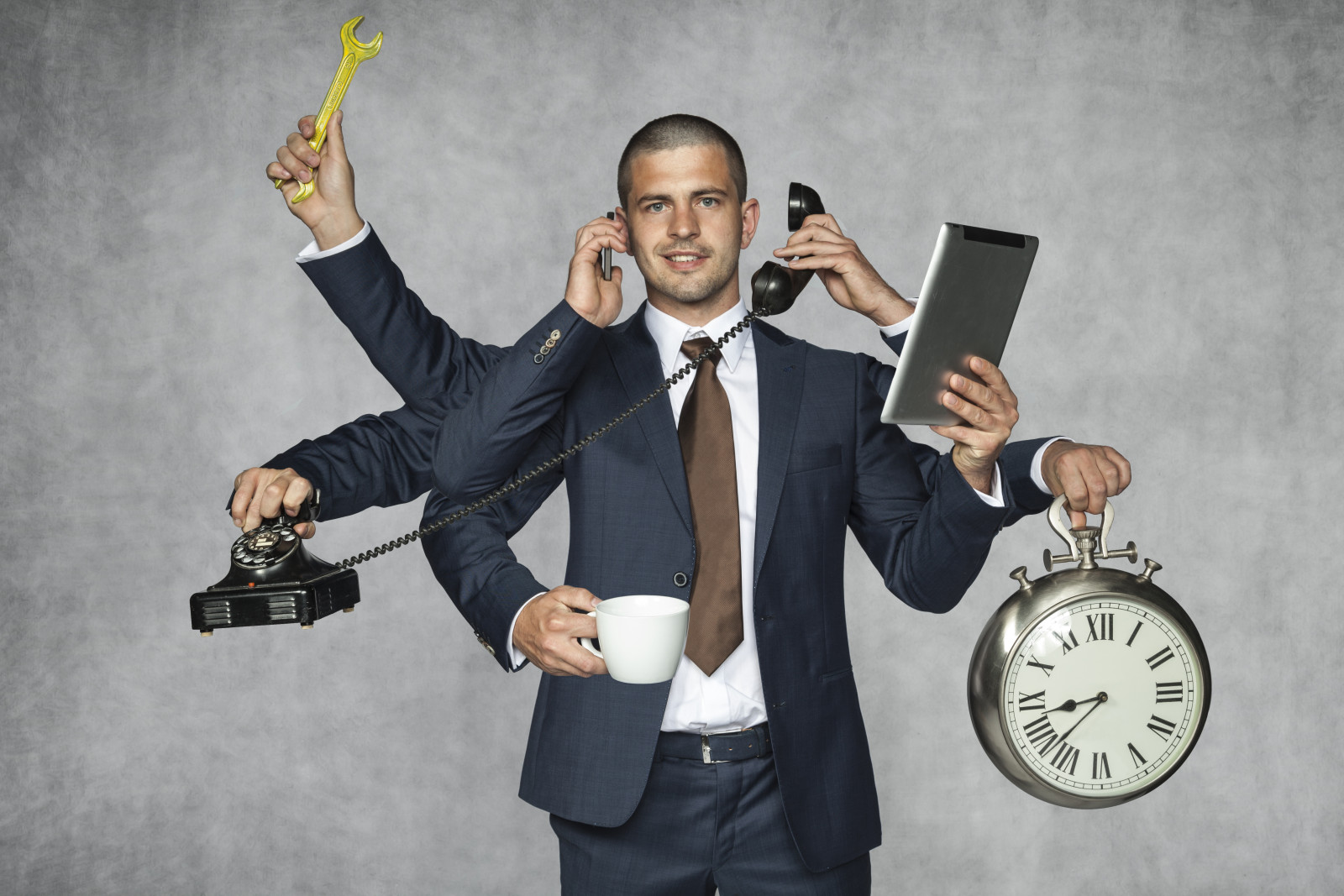
In this blog post, we dive into the importance of stress management for leaders. Stress can hinder decision-making, impair communication skills, and negatively affect overall well-being. Therefore, it becomes essential for leaders to develop strategies to manage stress effectively. Stress management is not just a luxury but a necessity for leaders. Effective stress management enables leaders to maintain their mental and emotional well-being, enhancing their ability to lead effectively. By prioritizing stress management, leaders create a positive work environment that fosters growth, innovation, and collaboration.
Recognizing the signs of stress in leaders is crucial for early intervention. Some common signs of stress include increased irritability, difficulty concentrating, changes in sleep patterns, and physical symptoms such as headaches or muscle tension. Leaders may also experience emotional exhaustion, loss of motivation, or a sense of overwhelm. It is important for leaders to be self-aware and identify these signs in themselves. Additionally, colleagues and team members should be encouraged to provide feedback and support when they notice signs of stress in their leaders. Ultimately, effective stress management allows leaders to navigate leadership challenges with resilience and grace, and create a positive work environment for themselves and their team members.
Read more...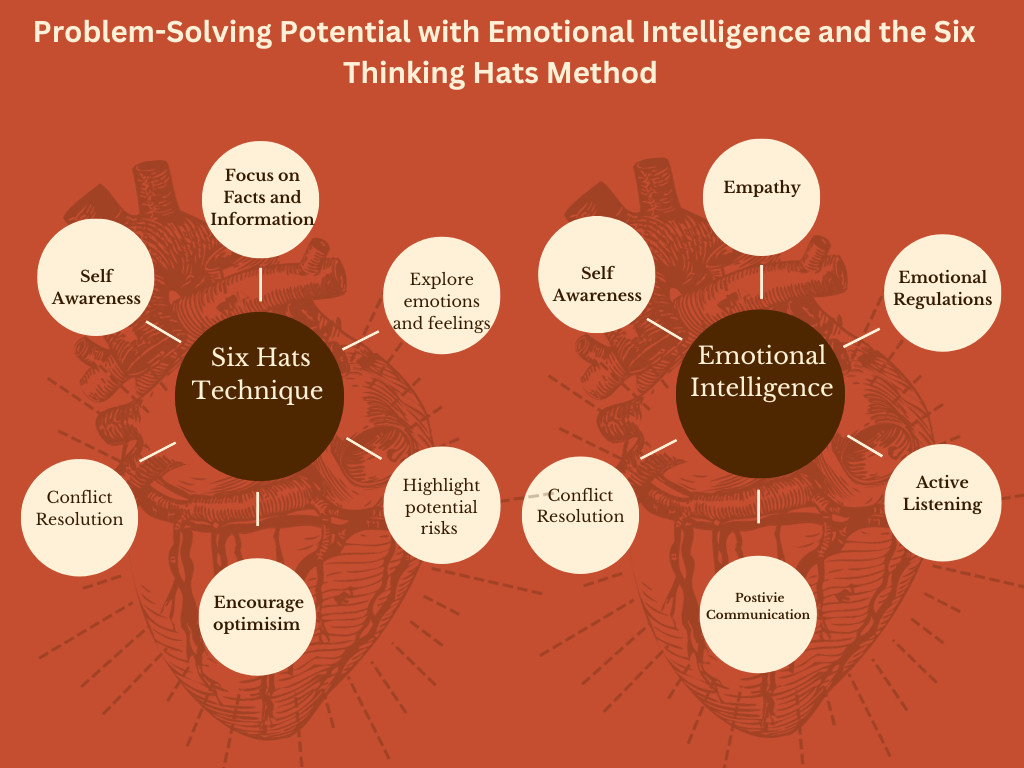
In today's fast-paced and complex world, effective problem-solving skills are highly valued. Traditional problem-solving methods often rely solely on logical and analytical thinking, overlooking the crucial role of emotions in decision-making. However, by incorporating emotional intelligence techniques into problem-solving processes, individuals can tap into a broader range of perspectives and enhance their ability to find innovative solutions. One such method that complements emotional intelligence is the Six Thinking Hats, developed by Edward de Bono. This article explores how emotional intelligence can be integrated with the Six Thinking Hats method to elevate problem-solving skills and foster collaboration. By using this technique, individuals can approach problem-solving with more empathy, adaptability, and clarity, leading to more effective and efficient solutions.
Understanding Emotional Intelligence
Emotional intelligence refers to the ability to recognize, understand, and manage our own emotions and the emotions of others. It encompasses several key components, including self-awareness, empathy, emotional regulation, and effective communication. By developing emotional intelligence, individuals can navigate complex social dynamics, build stronger relationships, and make more informed decisions. As Goleman (1995) suggests that EQ includes self-control, zeal, persistence, and the ability to “motivate” others. He maintains that such skills are teachable.

The Six Thinking Hats Method
The Six Thinking Hats method is a powerful tool for problem-solving and decision-making. It encourages individuals to approach problems from multiple perspectives, represented by six metaphorical hats. Each hat represents a different style of thinking, enabling individuals to explore various angles and uncover new insights. The six hats are:
- The White Hat: Focuses on facts and information.
- The Red Hat: Explores emotions, intuitions, and feelings.
- The Black Hat: Highlights potential risks, challenges, and critical thinking.
- The Yellow Hat: Encourages optimism, positivity, and benefits.
- The Green Hat: Sparks creativity and generates new ideas.
- The Blue Hat: Manages the thinking process, facilitates organization, and sets the agenda
Emotional Intelligence Techniques for Six Thinking Hats
Integrating emotional intelligence techniques with the Six Thinking Hats method can greatly enhance problem-solving outcomes. Here are several techniques that can be applied:- Self-awareness: Before engaging in the problem-solving process, take a moment to reflect on your own emotions and biases. Understand how your emotions may influence your thinking and decision-making.
- Empathy: Put yourself in the shoes of others involved in the problem. Consider their perspectives, needs, and emotions. This helps to foster understanding, build stronger relationships, and promote collaboration.
- Emotional regulation: Practice managing your emotions effectively throughout the problem-solving process. Emotions can be valuable sources of information, but they should not cloud judgment or hinder objective thinking.
- Active listening: Pay close attention to the thoughts and feelings expressed by others in the problem-solving session. Actively listen without judgment, allowing for a deeper understanding of different viewpoints.
- Positive communication: Foster an environment of open and respectful communication. Encourage constructive feedback, acknowledge contributions, and promote a sense of psychological safety.
- Conflict resolution: Address conflicts that may arise during the problem-solving process with sensitivity and empathy. Encourage individuals to express their concerns openly and work towards finding mutually beneficial solutions.
- Benefits of Integrating Emotional Intelligence with Six Thinking Hats
- The integration of emotional intelligence techniques with the Six Thinking Hats method offers several benefits:
- Enhanced perspective: Emotional intelligence allows for a deeper understanding of the emotions and motivations underlying various perspectives. This enriches the exploration of different thinking styles represented by the hats.
- Improved collaboration: Emotional intelligence techniques foster empathy, active listening, and positive communication, creating an environment where individuals feel heard, respected, and motivated to contribute.
- Innovative solutions: Emotional intelligence encourages divergent thinking and creativity, which can lead to breakthrough solutions that may not have been considered otherwise.
- Conflict resolution: By addressing conflicts with emotional intelligence, individuals can navigate disagreements more effectively, leading to resolutions that satisfy all parties involved.

Setting long-term goals as a leader is crucial for personal and professional growth. These goals provide a clear direction and purpose, helping you stay focused on what you want to achieve in the future. Long-term goals can align your actions and decisions with your aspirations, making you more effective as a leader.
To identify your personal aspirations as a leader, take time to reflect on yourself. Understand what values you want to embody as a leader and what impact you want to have on your team and organization. By aligning your personal values with your leadership role, you can lead with authenticity and inspire others to do the same.
With your vision in place, it's time to develop a strategic plan to achieve your long-term goals. Break down your goals into smaller, actionable steps, assign deadlines, and prioritize based on importance and impact. Tactics for long-term goal planning include breaking down goals, prioritizing tasks, time management, seeking support, continuous learning, and adaptability.
To become an effective leader, continuously building your skills and knowledge is essential. This includes both technical skills related to your field and soft skills contributing to effective leadership. Seek mentorship and guidance from experienced leaders, take on leadership roles and responsibilities to gain practical experience, and balance short-term goals with long-term aspirations.
Obstacles and setbacks are inevitable on any leadership journey. Approach them with resilience and a growth mindset, viewing them as opportunities for learning and growth. Continuously evaluate and adjust your goals and strategies as you progress, and celebrate milestones and achievements along the way to stay motivated and committed.
Remember, leadership is a journey. By committing to your long-term goals as a leader, you can navigate that journey with purpose and passion.
Read more...
Strategic thinking is a crucial skill that can greatly influence the success of individuals and organizations. It refers to the ability to analyze complex situations, anticipate future trends, and make informed decisions that align with long-term goals. To be a strategic thinker means to have a mindset that goes beyond short-term fixes and focuses on creating sustainable solutions. Strategic thinking involves gathering and analyzing information from various sources, identifying patterns and trends, and using this knowledge to develop innovative strategies. It requires a deep understanding of the business environment, as well as the ability to think critically and creatively. Strategic thinkers are not afraid to challenge the status quo and take calculated risks to drive meaningful change. By incorporating strategic thinking into their decision-making processes, individuals and organizations can navigate uncertainty, seize opportunities, and maintain a competitive advantage in a rapidly evolving world.
Benefits of Strategic Thinking
Strategic thinking offers numerous benefits to individuals and organizations alike. Firstly, it enables better decision-making by considering the long-term implications of different options. This helps avoid costly mistakes and ensures that resources are allocated effectively. Strategic thinkers are also more adaptable and resilient in the face of uncertainty, as they are constantly scanning the environment for new opportunities and threats.
Furthermore, strategic thinking fosters innovation and encourages a proactive approach to problem-solving. By thinking strategically, individuals can identify new trends and market gaps, leading to the development of unique and competitive solutions. This not only enhances an organization's competitive advantage but also cultivates a culture of continuous improvement and growth.
Characteristics of a Strategic Thinker
To be a strategic thinker, certain characteristics and qualities are essential. Firstly, strategic thinkers are curious and have a strong desire to learn and expand their knowledge. They are constantly seeking new information and insights to gain a comprehensive understanding of the business landscape. Additionally, strategic thinkers are open-minded and receptive to different perspectives, recognizing that diverse viewpoints can lead to more robust strategies.
Moreover, strategic thinkers possess excellent analytical skills and are able to break down complex problems into manageable components. They are skilled at identifying patterns and trends, which helps them make informed decisions. Strategic thinkers also demonstrate strong leadership abilities, as they are able to inspire and influence others to embrace a strategic mindset and work towards common goals. As a Coach, I work with people focussing on strategic thinking and having clarity of their values. Strategic thinking and values are two critical components that drive success in both personal and professional domains. Strategic thinking enables individuals and organizations to navigate complex environments, make informed decisions, and achieve desired outcomes. Values provide a moral compass and guide actions in alignment with ethical principles. When these two elements are integrated, they create a powerful combination that leads to long-term success, sustainable growth, and positive societal impact. By embracing strategic thinking and values, individuals and organizations can chart a path toward excellence and make a meaningful difference in the world.
Article from Forbes mentions If you want a different ending to the story of your career, start thinking more about strategy.
The Significance of Values:
Values are deeply ingrained beliefs and principles that guide our behavior and decision-making. They serve as a moral compass, shaping our actions and defining what is important to us. Values provide a sense of purpose, ethics, and integrity in both personal and professional contexts. When individuals and organizations operate in alignment with their core values, they foster trust, inspire loyalty, and build a positive reputation.
Integrating Strategic Thinking and Values:
- Ethical Decision Making: Strategic thinking combined with values ensures that decisions are not solely driven by short-term gains or expediency. By considering the ethical implications of their choices, strategic thinkers can make decisions that are aligned with their values and have a positive impact on all stakeholders involved.
- Long-Term Orientation: Strategic thinking requires a long-term perspective, considering the potential consequences and outcomes of decisions. Integrating values into this process ensures that the long-term interests of individuals, organizations, and society as a whole are taken into account. This approach fosters sustainable growth, responsible leadership, and positive societal impact.
- People-Centric Approach: Values that prioritize empathy, respect, and inclusivity can shape strategic thinking to focus on the well-being and development of individuals within an organization. This approach fosters a positive culture, enhances employee engagement, and drives innovation.
- Brand Differentiation: Incorporating core values into strategic thinking can help organizations differentiate themselves in a competitive market. By aligning their actions with their values, organizations can build a unique brand identity that resonates with customers, employees, and other stakeholders.
Real-life examples of strategic thinking
To truly grasp the power of strategic thinking, let's explore some real-life examples of individuals and organizations that have successfully applied this skill. One such example is Steve Jobs, the co-founder of Apple Inc. Jobs was known for his visionary thinking and ability to anticipate future trends. He revolutionized the technology industry by introducing innovative products like the iPhone and iPad, which completely transformed the way we communicate and consume information.
Another example is Netflix, the popular streaming service. Netflix disrupted the traditional video rental market by adopting a strategic approach. Instead of focusing on physical DVD rentals, they recognized the shift towards digital content and invested heavily in streaming technology. This strategic move allowed them to become a market leader and redefine the way we watch movies and TV shows.
Case study: Strategic thinking in business
To further understand the impact of strategic thinking in a business context, let's examine the case of Amazon. The e-commerce giant started as an online bookstore but quickly expanded into various other industries, such as cloud computing and entertainment streaming. This diversification was driven by Amazon's strategic thinking, as they recognized the potential of these industries and the changing consumer preferences.
Amazon's success can be attributed to their strategic thinking and values that drive their decision-making processes. They prioritize customer obsession, which means keeping the customer at the center of all their decisions and focusing on meeting their needs. This customer-centric approach allows them to anticipate customer needs and tailor their products and services accordingly.
Another key aspect of Amazon's strategic thinking is their passion for invention. They see ideas as assets and are constantly exploring new opportunities for innovation. This mindset of continuous experimentation and learning enables them to stay ahead of the curve and constantly evolve their offerings to meet changing customer demands.
Operational excellence is another value that guides Amazon's strategic thinking. They are committed to maintaining high standards in all aspects of their operations, from logistics to customer service. This commitment to excellence ensures that they deliver a superior customer experience and build trust with their customers. In addition to these values, Amazon also places a strong emphasis on long-term thinking. They are not solely focused on short-term gains but instead aim for sustainable growth and long-term success. This long-term orientation allows them to make strategic investments and take calculated risks that will benefit the company in the long run. Furthermore, Amazon's strategic thinking is driven by a people-centric approach. They prioritize hiring and developing the best talent, recognizing the importance of a skilled and motivated workforce. By investing in their employees and fostering a culture of continuous learning, Amazon ensures that they have the right people in place to execute their strategic plans effectively.
Integrating strategic thinking and values has been instrumental in Amazon's success. Their ability to analyze complex situations, set clear goals, and anticipate market trends has allowed them to make informed decisions and stay ahead of the competition. At the same time, their values provide a moral compass that guides their decision-making, promoting ethical behavior and long-term thinking.
This powerful combination of strategic thinking and values has enabled Amazon to achieve not only financial success but also make a positive societal impact. They strive to be the Earth's best employer, emphasizing the importance of earning trust and delivering results. They also prioritize making a positive impact on local communities and the environment, ensuring that their growth is sustainable and benefits future generations.
In conclusion, strategic thinking and values are key components of Amazon's success. Their ability to anticipate customer needs, innovate, and maintain operational excellence is driven by a set of core values that guide their decision-making. By integrating strategic thinking and values, Amazon has achieved long-term success, sustainable growth, and made a positive impact on society. This serves as a powerful example of how strategic thinking and values can be effectively integrated to achieve desired outcomes in any organization.
How to develop strategic thinking skills
While some individuals may naturally possess strategic thinking skills, it is a skill that can be developed and honed over time. To enhance your strategic thinking abilities, consider the following strategies:
- Seek diverse perspectives: Engage with people from different backgrounds and industries to gain new insights and challenge your assumptions.
- Read widely: Stay informed about industry trends, emerging technologies, and global issues to broaden your knowledge base.
- Practice critical thinking: Analyze problems from multiple angles, consider all possible solutions, and evaluate the potential risks and benefits of each option.
- Embrace creativity: Encourage creative thinking by brainstorming ideas, exploring unconventional approaches, and fostering an environment that values innovation.
- Continuously learn: Invest in your personal and professional development by attending workshops, seminars, and courses that focus on strategic thinking and decision-making.
Tools and techniques for strategic thinking
There are several tools and techniques that can aid in the strategic thinking process. One such tool is the SWOT analysis, which stands for strengths, weaknesses, opportunities, and threats. This framework helps identify internal strengths and weaknesses, as well as external opportunities and threats, enabling individuals and organizations to develop strategies that leverage their strengths and mitigate their weaknesses.
Another technique is scenario planning, which involves creating multiple plausible future scenarios and analyzing their potential impact. This helps identify potential risks and uncertainties and allows for the development of contingency plans. By considering different scenarios, strategic thinkers can anticipate challenges and adapt their strategies accordingly.
Applying strategic thinking to decision-making
Strategic thinking is closely tied to effective decision-making. By applying a strategic mindset, individuals can make decisions that align with long-term goals and have a positive impact on the organization. When faced with a decision, consider the following steps:
- Define the problem: Clearly articulate the problem or challenge at hand, ensuring a thorough understanding of the situation.
- Gather information: Collect relevant data, conduct research, and seek input from key stakeholders to gain a comprehensive understanding of the issue.
- Analyze the options: Evaluate different alternatives, considering the potential risks, benefits, and trade-offs associated with each option.
- Consider the long-term: Assess the long-term implications of each option and select the one that aligns with the organization's strategic goals.
- Implement and evaluate: Once a decision is made, implement the chosen strategy and regularly evaluate its effectiveness, making adjustments as necessary.
Challenges and obstacles in strategic thinking
While strategic thinking offers significant advantages, it is not without its challenges. One common obstacle is the tendency to focus on short-term gains at the expense of long-term goals. In a fast-paced business environment, it can be tempting to prioritize immediate results over long-term sustainability. Overcoming this challenge requires discipline and a commitment to thinking strategically.
Another challenge is the resistance to change. Strategic thinking often involves challenging the status quo and embracing new ideas and approaches. However, individuals and organizations can be resistant to change due to fear of the unknown or a desire to maintain the current state of affairs. Overcoming this challenge requires effective communication and a willingness to address concerns and actively involve stakeholders in the strategic thinking process.
Some of the constraints that organizations face are:
Time Constraints: One of the most significant obstacles to strategic thinking is the scarcity of time. In our fast-paced society, leaders and decision-makers often find themselves caught up in the daily grind, leaving little room for contemplation and long-term planning. For instance, a marketing manager may struggle to find time to analyze market trends and competitors' strategies while juggling multiple projects and deadlines.
Lack of Commitment: Gaining commitment from others to support and execute strategic plans is another common obstacle in strategic thinking. Without the full support and engagement of team members, initiatives may fail to gain traction and lead to suboptimal results. For example, a CEO may struggle to rally employees behind a new organizational vision, resulting in resistance and limited progress.
Limited Perspective: Strategic thinking requires the ability to consider various perspectives and possibilities. However, individuals may find themselves trapped in narrow thinking patterns, limiting their ability to generate innovative ideas and solutions. This obstacle can be particularly prevalent in organizations with hierarchical structures or rigid decision-making processes.
Resistance to Change: Strategic thinking often involves introducing and implementing changes within an organization. However, resistance to change can hinder progress and undermine strategic initiatives. Employees may fear the unknown, worry about job security, or simply be comfortable with the status quo.
How can Expert coaches like Nimir Raval, MSW, RSW, and FCBC support you in your strategic thinking journey
Nimir Raval, a highly experienced Coach, Counsellor, and Consultant, can provide invaluable support on your strategic thinking journey. With his expertise in strategic planning and decision-making, Nimir can guide individuals and organizations in developing their strategic thinking skills. He offers personalized coaching sessions that focus on enhancing critical thinking, fostering creativity, and aligning decisions with long-term goals.
By working with Nimir, you can gain valuable insights and practical tools to overcome challenges, identify opportunities, and make strategic decisions that drive success. Nimir's holistic approach combines professional expertise with a deep understanding of human behavior and organizational dynamics, ensuring a comprehensive and impactful coaching experience.
Conclusion: Becoming a master strategic thinker
Mastering the art of strategic thinking is a continuous journey that requires dedication, practice, and a commitment to lifelong learning. By understanding the principles of strategic thinking and applying them to decision-making, individuals and organizations can transform their approach and achieve sustainable success.
Remember, strategic thinking is not limited to the boardroom; it can be applied to all aspects of life. Whether you are a business leader, an entrepreneur, or an individual looking to make better decisions, developing your strategic thinking skills will undoubtedly set you apart and empower you to thrive in an ever-changing world.
Reference:
Amazon. (2023). Leadership principles. About Amazon; Amazon. https://www.aboutamazon.com/about-us/leadership-principles
Amazon. (2023b). Who we are. Amazon. https://www.aboutamazon.com/about-us

The Men's Holistic Coaching Group is a transformative program designed for men seeking a more balanced and fulfilling life. Through the innovative curriculum, members are guided through a journey of self-discovery, career advancement, personal growth, and overall well-being. The program addresses all aspects of life, including personal development, career and financial success strategies, health and wellness, relationships and communication skills development, and community involvement. Testimonials and success stories from participants demonstrate the powerful impact of this program on their lives. If you are ready to achieve success and balance in life, consider joining the Men's Holistic Coaching Group and embark on your journey of self-discovery and growth.
Read more...
Investing in a business coach can help take your career to the next level. Business coaching focuses on personal and professional development, helping individuals identify their strengths and weaknesses, set goals, and improve their leadership skills. With the rise in remote work and emphasis on well-being, diversity, and inclusivity, business coaching can provide the support needed to navigate these challenges. Finding the right coach is important, and there are various types of coaching available, including executive coaching, team coaching, career coaching, and sales coaching. The benefits of business coaching are well documented, with studies showing improved productivity and an average return on investment of 7 times the initial investment. If you're ready to invest in your leadership and achieve your goals, consider working with a business coach today. Contact nimir.raval@eigrowth.org for a consultation.
Read more...In a recent blog post, we explore the significance of tending to your mental health between counselling sessions. While sessions can be transformative, the majority of your time is spent outside the counselling room, making it essential to support your mental health during this period. Taking time to reflect on sessions and process your feelings is crucial. Luckily, there are various practices you can engage in between sessions, such as journaling. Writing down your thoughts and experiences can help you process what you can't discuss with your counsellor. Additionally, practicing what you've discussed in sessions and making time for self-care and rest are important strategies for supporting your mental health between appointments. Finally, it's essential to acknowledge your progress and accomplishments, even if they seem small. Mental health work can be slow, but each step forward is worth celebrating. If you're looking for more ways to support your mental health, we offer counselling services, coaching, and referrals to help you on your journey. Remember, if you ever feel overwhelmed, reach out to someone for help.
Read more...
In this blog post, we explore the power of workplace culture equity and how coaching can help organizations achieve their goals. Workplace culture equity refers to the idea that all individuals in the workplace should have equal access to opportunities, resources, and support, promoting diversity, inclusion, and belonging. It creates a positive work environment, attracts top talent, and fosters innovation and growth. Coaching plays a crucial role in promoting workplace culture equity by helping leaders understand its importance, addressing unconscious bias, and promoting diversity and inclusion without tokenism. Organizations can measure progress through metrics and implement successful coaching programs like Salesforce's "Coach for Equality" and Microsoft's "Diversity and Inclusion Coaching Program." Investing in workplace culture equity coaching is essential for long-term success and creating a more just and equitable society.
Read more...In a new blog post, the author suggests that December can be seen as the new January when it comes to getting organized for the new year. They recommend taking the time to reflect on the past year, evaluating successes, failures, and ways to increase work-life balance. Additionally, reaching out to customers, mentors, and colleagues to send season greetings can help increase customer retention. Planning for the future and getting organized are also emphasized, with suggestions to establish a blueprint and prepare for tax filing and administrative work. The author encourages readers to close the year with a personal tradition and wishes everyone luck in closing the year and having a comfortable holiday.
Read more...In this blog post, we explore the power of our thoughts and how they influence our actions and behavior. It is important to understand and control our thoughts to overcome distractions and cultivate positive thinking. The article provides practical tips for managing our minds, such as breaking down emotional barriers, identifying negativity triggers, finding inspiration, believing in our strengths, and practicing thought-stopping and redirection techniques. By implementing these strategies, we can take control of our thoughts and minds, leading to personal growth and success. If you're looking for guidance and support in your healing journey, check out the coaching and counseling packages available.
Read more...
This blog post discusses the importance of data coaches in helping businesses optimize their use of data. The rapid development of digital technologies has resulted in companies having access to a vast amount of data. However, many small and medium-sized companies struggle to fully utilize this data. The author, a data coach, shares their experience in implementing data governance and management frameworks, emphasizing the need for businesses to consider their specific needs and value proposition before incorporating technologies like AI and IoT. The post concludes by highlighting the role of a data coach in supporting decision-making and governance, ultimately increasing confidence in achieving business objectives.
Read more...